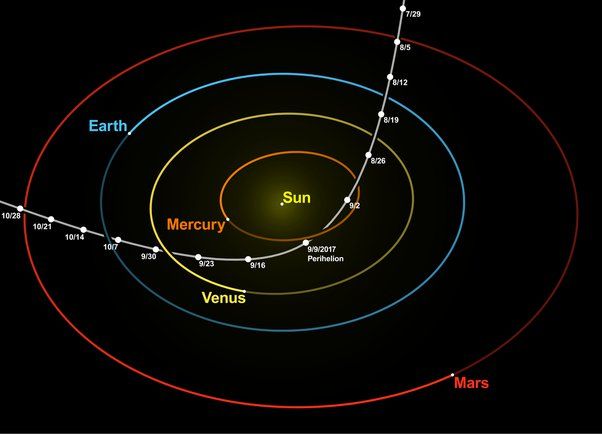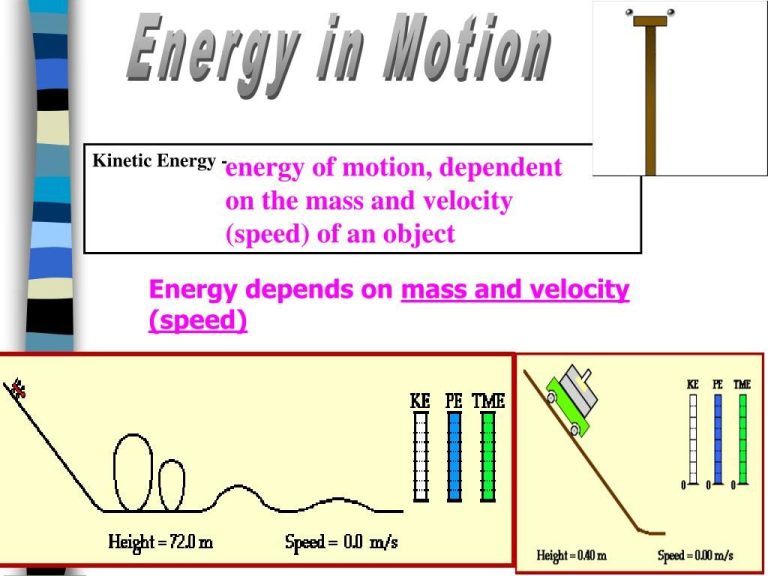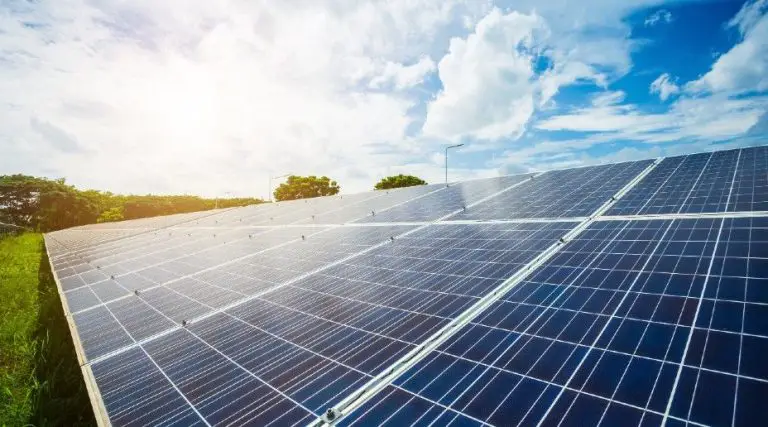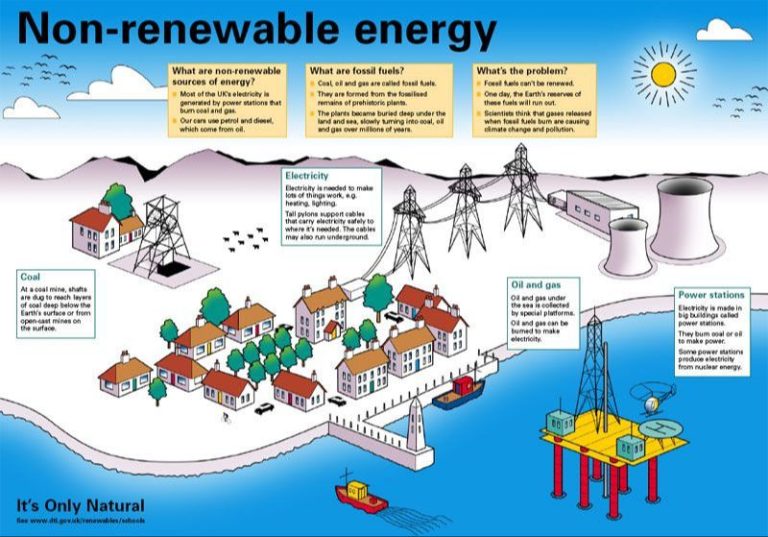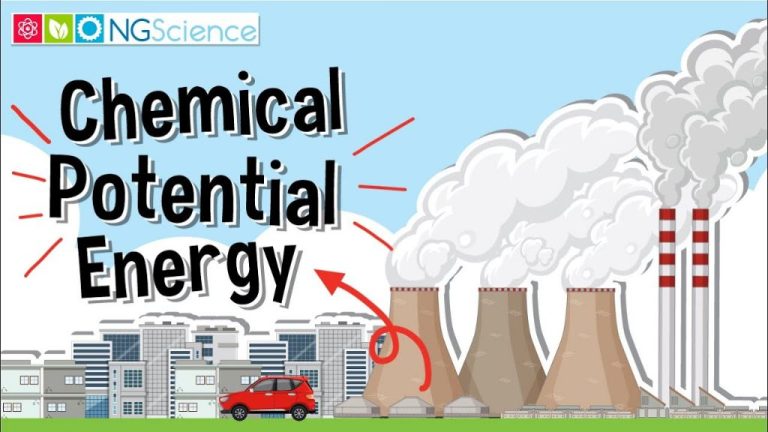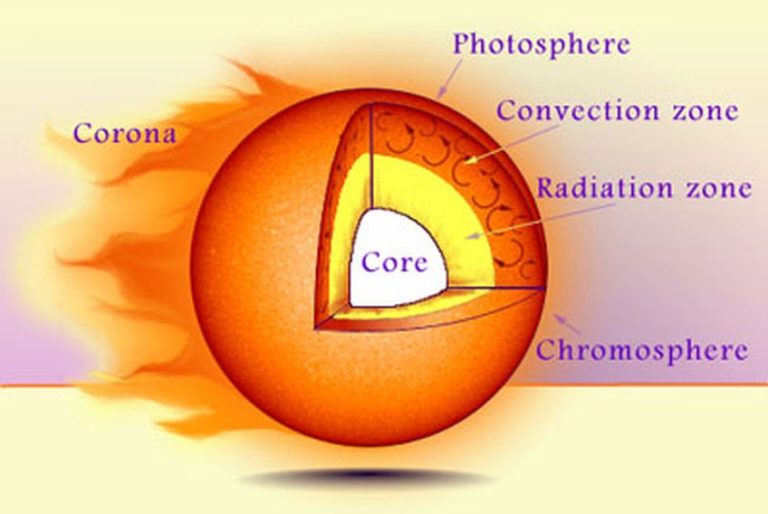Would Earth Survive A Solar Storm?
What is a solar storm?
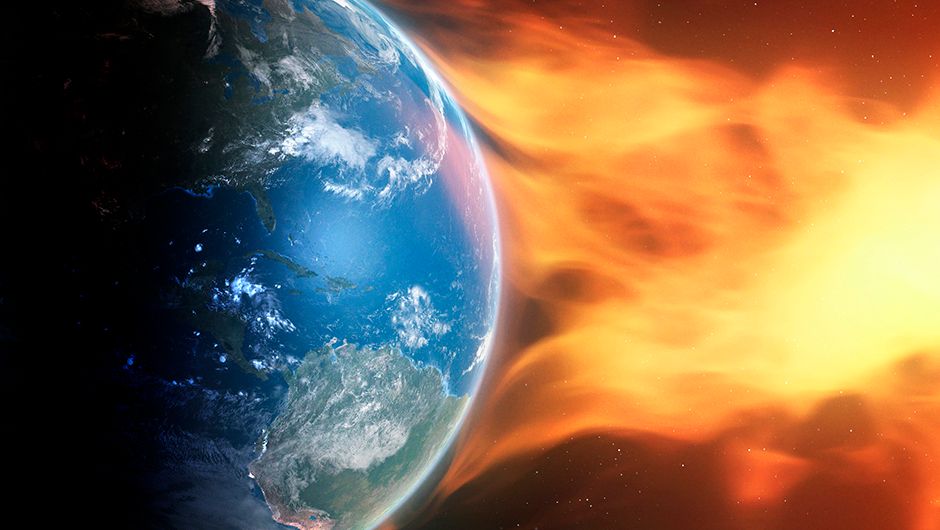
A solar storm is a disturbance on the Sun that can send a stream of charged particles and electromagnetic fluctuations toward Earth. Solar storms are caused by solar flares and coronal mass ejections (CMEs) from the Sun. Solar flares are sudden flashes of brightness that are explosions of magnetic energy on the Sun. CMEs are large expulsions of plasma and magnetic field from the Sun’s corona. When the ejected material interacts with Earth’s magnetic field, it causes geomagnetic storms that can disrupt communications, navigation systems, satellites, and power grids (https://www.swpc.noaa.gov/phenomena/solar-radiation-storm).
These storms originate from the Sun. The charged particles from the Sun take about 1-3 days to reach Earth. When they interact with Earth’s magnetic field, they cause disturbances and particle precipitation in the magnetosphere and ionosphere (https://www.jpl.nasa.gov/nmp/st5/SCIENCE/storms.html). The effects on Earth can include geomagnetic storms, auroras, radio blackouts, and radiation storms. The largest storms are rare but can have severe impacts on modern-day infrastructure.
How often do solar storms occur?
Solar storms follow an approximately 11-year cycle linked to the Sun’s magnetic field activity. During solar maximum, when the Sun’s magnetic activity peaks, solar storms occur more frequently. During solar minimum, when activity is low, fewer solar storms occur (https://www.jpl.nasa.gov/nmp/st5/SCIENCE/storms.html).
Large solar storms that could severely impact Earth tend to happen a few times per 11-year solar cycle. According to NOAA, the most extreme storms classified as G5 happen about 4 times per cycle. Slightly smaller but still potentially damaging G4 storms occur about 60 times per cycle (https://www.swpc.noaa.gov/noaa-scales-explanation).
So while smaller solar storms happen frequently, truly enormous and hazardous storms are rarer events. But over time, a direct hit from an extreme solar storm is likely.
What damage could a large solar storm cause on Earth?
Large solar storms can induce strong electrical currents that could severely disrupt power grids and critical infrastructure on Earth. According to NASA, a massive solar eruption in 1921 caused electrical grid failures and telephone outages in New York City and across Europe[1]. The strong currents that arise from extreme solar storms and reach Earth’s atmosphere are called geomagnetically induced currents (GICs). These GICs can overload high-voltage power transformers and cause them to overheat or fail entirely. Widespread transformer failures could lead to prolonged blackouts over areas dependent on the affected transformers[2]. The blackout risk from GICs is even higher for countries at northern latitudes, where geomagnetic disturbances from space weather are stronger. A report by Lloyds of London warned that a worst-case solar storm could cause over $2 trillion in damage globally, with power outages persisting for over a year in some areas[1].
Has Earth been affected by large solar storms before?
Yes, Earth has been affected by large solar storms in the past. The most notable example is known as the Carrington Event of 1859. This was the largest solar storm on record, and it caused major disruptions to telegraph systems around the world. According to Wikipedia [1], the Carrington Event occurred on September 1–2, 1859. It was caused by a massive solar coronal mass ejection that hit Earth’s magnetosphere. The resulting geomagnetic storm was so strong that telegraph systems across Europe and North America failed. There were reports of some telegraph operators receiving electric shocks, telegraph pylons throwing sparks, and papers catching fire. The storm caused auroras to be visible as far south as Hawaii and Cuba. The Carrington Event demonstrated how solar storms can directly impact technology on Earth, especially electronic and communications systems.
How do we monitor and predict solar storms?
We monitor and predict solar storms using a variety of sophisticated tools and techniques. The primary method is via satellites that observe the Sun. NASA and NOAA operate multiple satellite missions focused on the Sun, such as the Solar Dynamics Observatory (SDO), Solar and Heliospheric Observatory (SOHO), and the Solar Terrestrial Relations Observatory (STEREO). These satellites monitor the Sun 24/7 and can detect coronal mass ejections, solar flares, and other activity that may lead to geomagnetic storms. They provide vital data and imagery that allows space weather scientists to analyze and predict when a solar storm may impact Earth (Predicting Space Weather – UCAR Center for Science Education).
When a significant solar event occurs, the NOAA Space Weather Prediction Center uses data from these solar observation satellites along with solar wind models to issue forecasts and warnings about potential storms. These alerts allow satellite operators, power companies, airlines and others to take protective measures in advance of a storm arriving. For example, satellites may adjust their orientation to minimize drag from increased atmospheric density during a storm. Power grid operators may take vulnerable equipment offline. Airlines adjust polar flight routes. The early warning provided by satellite monitoring and prediction models gives time to mitigate the potential impacts of solar storms.
How can we protect against solar storm damage?
The main way to protect against solar storm damage is to harden power grids and critical infrastructure. When a solar storm hits Earth, it can induce strong electric currents in power lines. This can overload transformers and other electrical equipment, potentially causing widespread blackouts.
One protective measure is to install blocking devices on the power grid that can sense a sudden surge in current and automatically cut off power flow before damage occurs. Keeping spare transformers on hand is also important, so damaged equipment can be quickly replaced to restore power service.
Utilities can also install neutral blocking or neutral current blocking devices to protect transformers. These work by isolating power transformers from the ground during a solar storm, preventing geomagnetically induced currents from flowing through them.
For particularly critical infrastructure like hospitals, police stations, and communications networks, installing backup power sources like generators and microgrids can help maintain power if the main grid goes down. Having emergency plans and procedures in place for grid failure scenarios is also essential.
Sources:
https://www.dhs.gov/science-and-technology/solar-storm-mitigation
https://www.nbcnews.com/mach/space/how-we-ll-safeguard-earth-solar-storm-catastrophe-n760021
What is the worst case scenario for Earth?
The worst case scenario is a very large solar storm that causes widespread and long-lasting blackouts and disruptions here on Earth. According to one analysis, a massive ejection of particles from the sun aimed directly at Earth could induce electric currents strong enough to overwhelm power grids and burn them out. This could leave entire continents without electricity for months or even years as transformers and other critical components would need to be replaced.
NASA warns that a huge solar storm today could cause trillions of dollars in damage from power outages and fried electronics across the globe. Such widespread blackouts would quickly lead to chaos as critical infrastructure goes offline. Food supply chains, fuel pumps, banking systems, telecommunications and more could collapse. Emergency services would be severely hampered. The blackouts may last long enough that food and water supplies could run dangerously low in some areas.
In essence, modern society which relies extensively on electricity could be crippled by the worst-case solar storm. While we have some safeguards in place, experts believe our electrical grids remain highly vulnerable. This worst case scenario illustrates why monitoring space weather and preparing protective measures is so important.
How likely is a worst case solar storm?
Very large solar storms are rare, but still pose a real threat over time. According to research at the University of Reading, an extreme solar storm with the intensity to disrupt global communications and electricity grids is estimated to occur approximately once every 100-250 years (1). Most solar storms are not nearly this strong. Smaller solar flares and coronal mass ejections that could still impact satellite communications at the poles are much more common, occurring as frequently as several times per month during the most active times of the 11-year solar cycle.
While the likelihood of an extreme solar storm directed at Earth in any given year is low, scientists caution we still face a serious risk over time. According to a recent report, the most powerful solar storm on record, the Carrington Event in 1859, missed Earth by a week. We may not always be so lucky. Preparing infrastructure and systems for the inevitability of increased solar activity is crucial.
What can individuals do to prepare?
There are several steps individuals can take to prepare for a major solar storm. The most important is to keep emergency supplies and know how to live without electricity for an extended period. According to the National Weather Service, every household should have at least a 3-day supply of non-perishable food, water, medications, and other necessities. FEMA recommends keeping at least a 2-week supply, given the potentially long-lasting effects of a strong geomagnetic storm.
It’s also critical to become accustomed to living without power. That means having alternate light sources like flashlights or candles, a non-electric stove, and knowing how to manually open electric garage doors. Unplugging devices when not in use can also protect electronics from power surges when electricity is restored. According to this guide, surge protectors, disconnect boxes, and Faraday cages can safeguard sensitive electronics.
While we may only get a day or two of warning for solar storms, early alerts allow final preparations. Individual readiness and resiliency will be key to enduring a lengthy blackout until power grids can be brought back online.
Conclusion
Solar storms pose a real but manageable threat to life on Earth. While extreme solar storms are rare, they have the potential to damage electrical grids, satellites, and electronic devices. Preparation and safeguarding critical infrastructure can help mitigate some of the potential devastation. While a worst-case scenario solar storm could have catastrophic effects, the likelihood of such an event is extremely low. Staying informed on space weather and having contingency plans can help us be ready in case a severe solar storm does strike Earth. With prudent precautions taken by governments, industries, and individuals, Earth can survive even a powerful solar storm. While we must remain vigilant, we do not need to fear apocalyptic destruction from space weather. Research, preparation and proper precautions will allow our technological civilization to withstand even a century-class solar storm.

